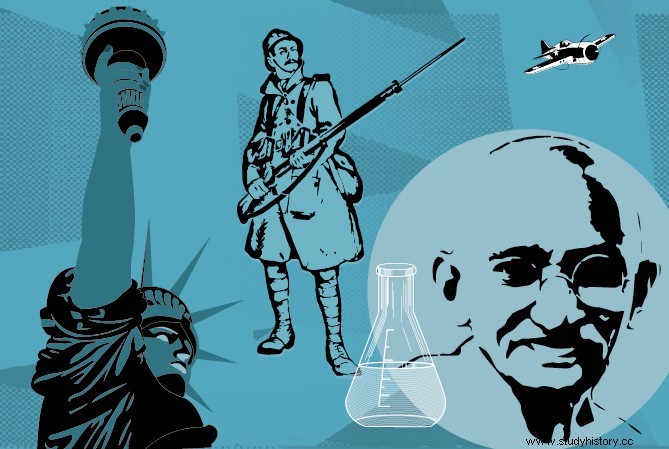
In 1890, Melville Macnaghten, who had been involved in the investigation, took over as director of the Criminal Investigation Department (CID) at Scotland Yard. According to him, the Ripper is the author of only five murders:those of M. A. Nichols, A. Chapman, E. Stride, C. Eddowes and M. J. Kelly, the "canonical" victims, and he names three suspects:Montague J. Druitt, Aaron Kosminski and Michael Ostrog. But since 1888, many culprits have been named, often on the basis of inconsistent evidence.
Aaron Kosminski
According to Robert Anderson, director of the CID at the time of the crimes, the author was a Polish Jew, mad and of low origin, identified with the barber A. Kosminski already cited by Macnaghten. In 2014, mitochondrial DNA matches were found between living descendants of Kosminski and a shawl found at the place where Eddowes died. But these DNA traces are unreliable, and there is no evidence that the shawl belonged to the victim.
Montague J. Druitt
Macnaughten referred to this lawyer from a good family as "sexually ill", which meant homosexual (probably the reason why he was expelled in 1888 from the boarding school where he taught). He committed suicide by jumping into the Thames a few weeks after Kelly's murder. But according to Frederick Abberline, the inspector in charge of the Ripper investigation, there was no evidence against him.
Walter Sickert
This painter, author of the painting The Bedroom of Jack the Ripper, interested in the case. The writer Patricia Cornwell accuses him of the murders, thinking he has detected psychopathic tendencies in him. A mitochondrial DNA match was found between a letter from Sickert's mother and a letter signed by the Ripper, but 10% of the population shares this type of DNA.
John Pizer
This Jewish shoemaker, nicknamed Leather Apron ("Leather Apron") because he never took off his apron, even to go out on the street, was arrested two days after the murder of Chapman, the Ripper's second victim on the night of September 8, because a wife accused him of threatening her with a knife that morning. He had assaulted prostitutes before, but he had solid alibis for the nights of the two murders.
The Royal Conspiracy
In 1976, British writer Stephen Knight published Jack The Ripper. The Final Solution , a book in which he argues that the Whitechapel murders were due to a plot by the royal house. According to his theory, reduced to nothing by the experts, but still widely disseminated today, the murderers wanted to put an end to the blackmail of which Prince Albert, grandson of Queen Victoria, was a victim. The latter would have had a daughter by a prostitute, and the latter's friends threatened to reveal everything if they were not given money. It would therefore have been decided to kill them by attributing the murders to a fictional character:Jack the Ripper. William Gull, Queen Victoria's personal doctor, is said to have even participated in the murders.
